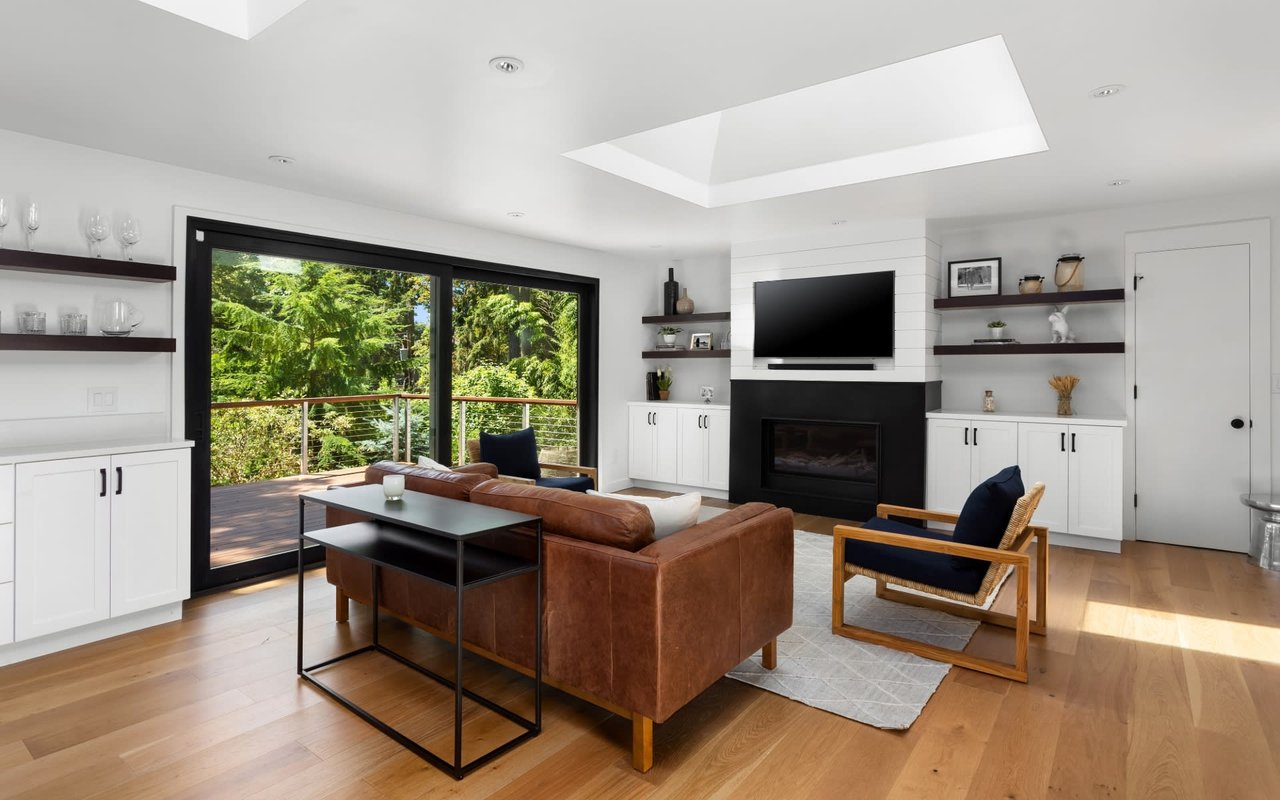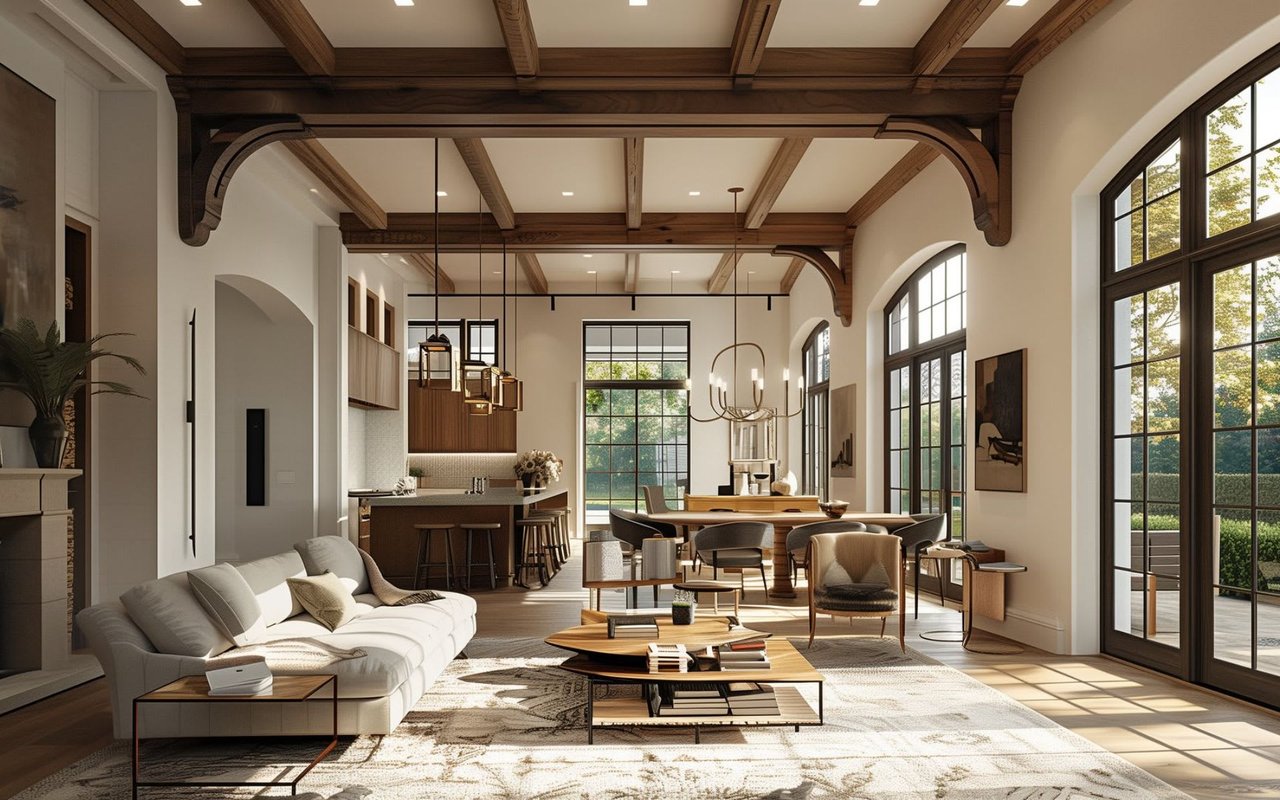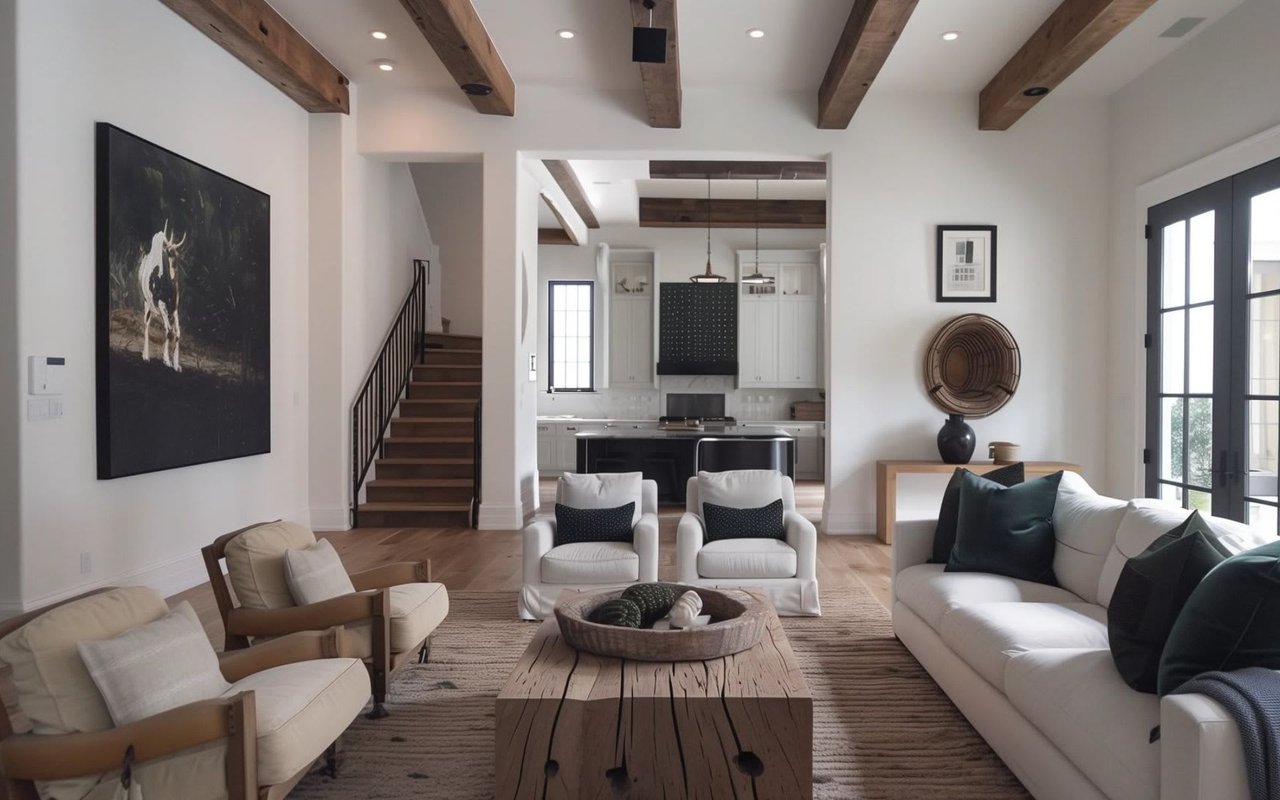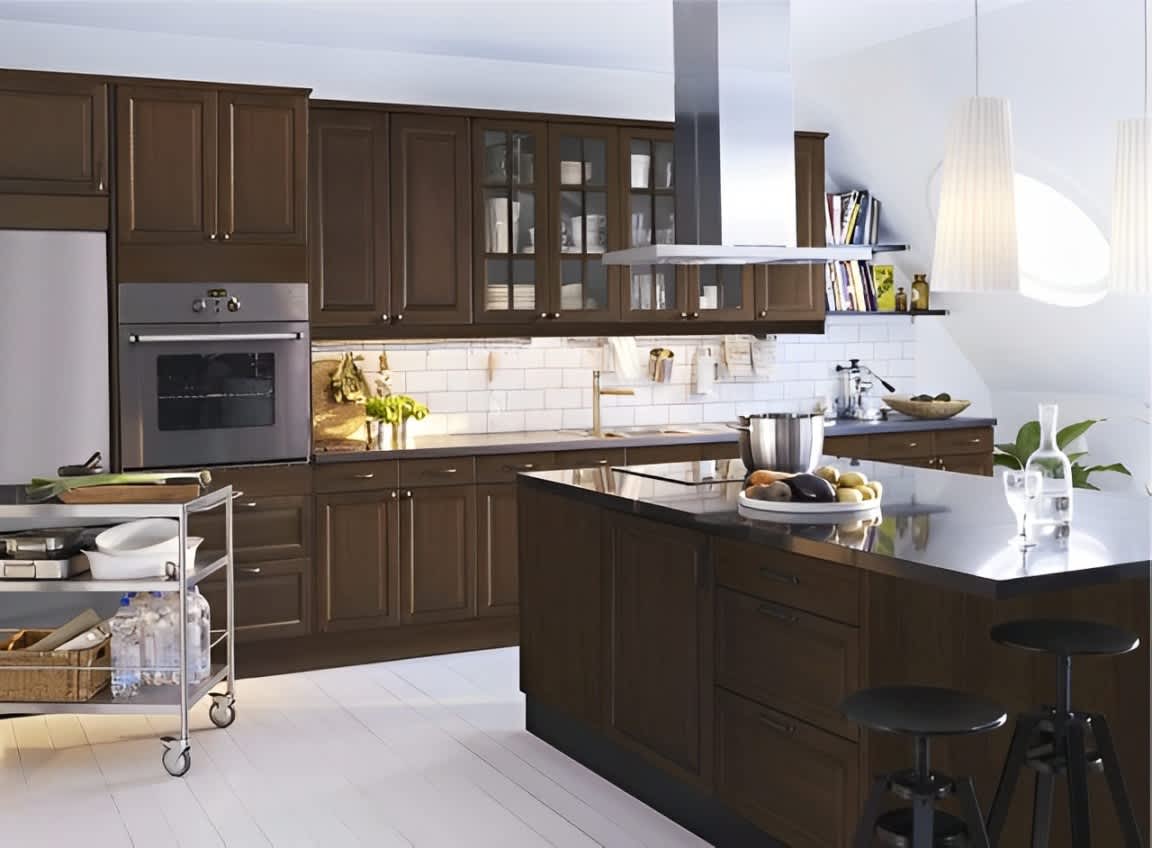Great news! You just sold your house. Now what? Obviously that is what you want to hear after you put your home on the market. Now what’s next, the inspection? Yikes! Here is our Monday top ten list on the most common items that come up on Costa Mesa inspection reports- if you want to get a jump on things, go ahead and make these areas right because they always come up:
Most Common Items in a Costa Mesa Inspection:
1. Loose or exposed wiring – Check your garage, it is in almost every one. Every exposed electrical wire (inside or outside of a house) should be inside a metallic conduit.
2. Ungrounded receptacles – Do you love those sleek, square Decor electrical plates with the three prong outlets? Well, in Costa Mesa, most homes were built before the 1970’s when builders were still using two wire electrical. It is impossible to ground the new style outlets unless you rewire the entire house. Don’t worry, you won’t burn the house down with the new outlets, just be sure to ground the most expensive electrical equipment you have (like TVs and computers) on a separate surge protector.
3. Water Heater TPR Valve – I don’t know why plumbers never do this when installing a new water heater, but it is a safety violation not to have a TPR valve (Temperature Pressure Release) if the water heater builds up excessive pressure inside.
4. Water Heater Overflow – Same thing, most plumbers don’t add the pipe for the water to release from the water heater if the pressure builds up. This should be copper and should be placed 18 Inches above the ground.
5. Don’t Vent on Me! – Been in your attic lately? Often times after work has been done, workers in the attic will bump a vent and not notice their error. Vents that vent into the attic and not to the outside will create problems overtime.
6. GFCI Devices – More electrical stuff? You bet, it happens all the time. If you do not have a GFCI (Ground Fault Circuit Interrupter) on outlets in the baths and in the kitchen near water, install them. This is now a safety hazard that is important to install.
7. Holes in the Garage Drywall – Ok, I know it’s not a big deal to you while you are living in the house, but if you have a hole in the drywall in the garage that is directly attached to the house (next to a room), then it is considered a fire hazard. Not a big deal, but just make sure that are is patched so as to not point out a potential fire hazard.
8. Smokey the Bear – Hey Smokey, where are those working smoke detectors. either put the battery back in the one you have, or make sure to have one in every bedroom and hallway.
9. Don’t trip out! – Are there any trip hazards around the house? Would a normal person trip over a possible change/transition in flooring between rooms?
10. What’s hiding in your closet? OK, we reserve numero ten for what’s hiding in your own closet. We each have one in our house, that thing that we know we really ought to fix but never get around to it. Let’s put it this way – the inspector will find it, and the buyers will want it fixed.
Whew, that was a lot! There are more easy ones, but suffice it to say go ahead and fix the ones you know about.










